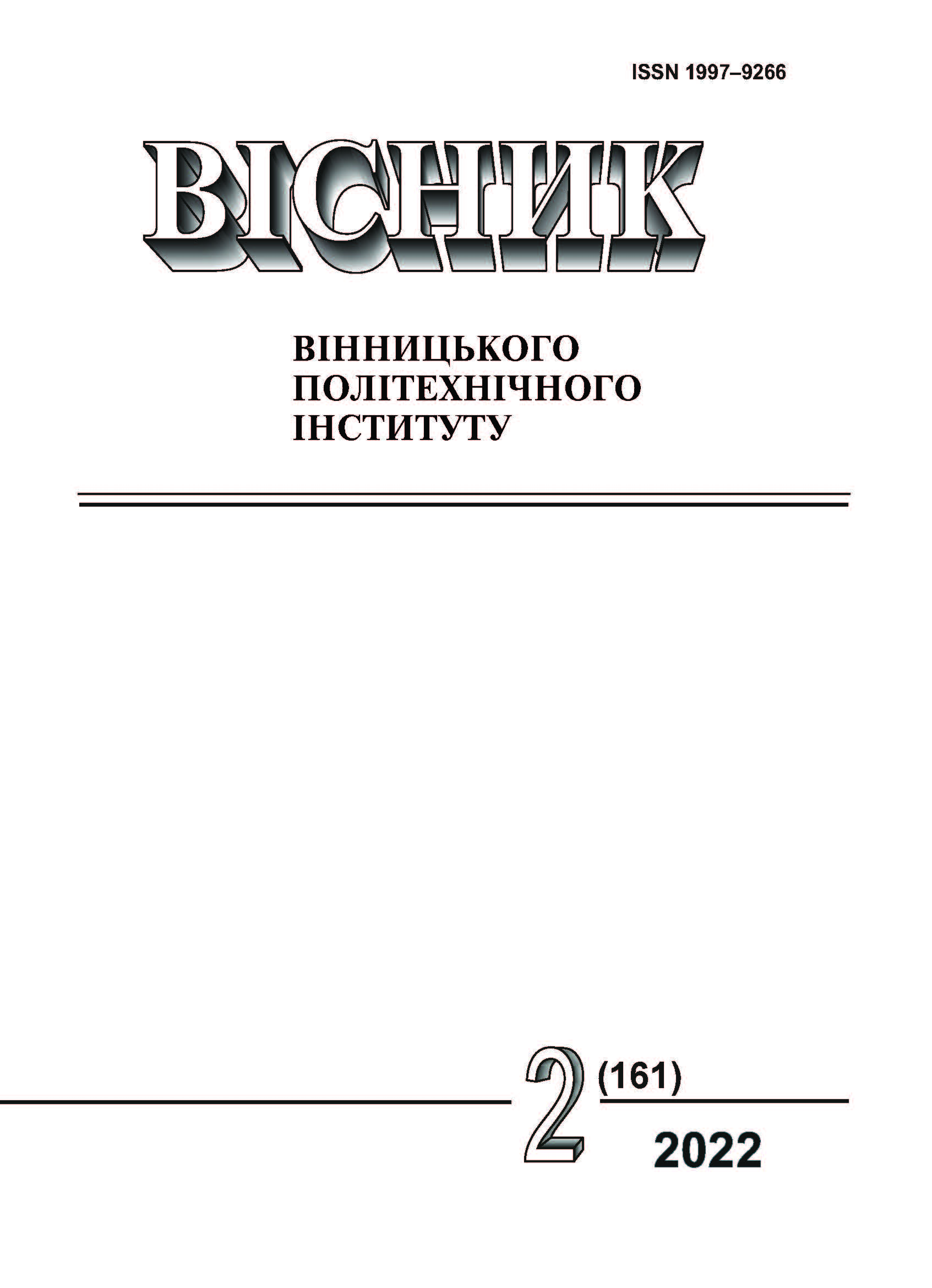Contact Melting Parameters in the System of Fe–C in Diffusion Non-Stationary Mode
DOI:
https://doi.org/10.31649/1997-9266-2022-161-2-101-107Keywords:
contact melting, eutectic, iron, graphite, activation energy, carbonAbstract
The article is devoted to the study of contact melting (CM) in the system Fe–Cгр (carbon), namely, determining the dependence of the movement of the fronts of the liquid phase during melting as a function of time and temperature, and determining the activation energy of CM. There are few studies on CM in the Fe–C system, which is quite unjustified in terms of the prevalence of ferrocarbon alloys. This "uninteresting" interest of researchers can be explained by the complexity of conducting experiments at a sufficiently high temperature and the existence of stable (Fe–Cгр.) And metastable (Fe - Fe3С) systems. Most of these studies are descriptive and do not have mathematical models. For easier modeling, it was proposed to take steel only with the content of Fe and Cгр (carbon).
In this work, an attempt is made to numerically determine the parameters of contact melting in the diffusion nonstationary mode (in which the obtained liquid phase is not removed from the contact zone) in the Fe–Cгр system.
For the mathematical model of contact melting based on the laws of diffusion mass transfer, the liquidus (BC and CD) and solidus (BE) lines of the stable Fe–Cгр system were first approximated.
Systems of two nonlinear equations with integral functions were obtained on the basis of diffusion laws in austenite and liquid iron-carbon alloy. This system was numerically solved using the Maple applied mathematical program, which resulted in parameters that are responsible for the speed of movement of the liquid phase depending on the process temperature and the initial carbon content in iron.
It was determined that the thickness of the liquid phase layer under isothermal conditions increases according to the parabolic law and is determined by the ratio of the diffusion coefficients of the components.
The obtained coefficients determining the growth rate of the liquid phase at different temperatures were approximated depending on the temperature using the Data Fit application program, namely the Arrhenius dependence, which resulted in determining the parameter and activation energy of contact melting in the Fe–Cгр system.
References
A. A. Zhukov, A. V. Bondarenko, and A. Yu. Ossadchuk, “New Methods of Joining Carbonaceous Materials to the Surface of Steel,” Joining sciences, № 4, pp. 188-193, 1993.
В. Г. Сывынюк, А. А. Жуков, и А. М. Заречный, «Электроконтактное легирование поверхностей стальных деталей волокнистым углеродным материалом,» Сварочное производство, № 4, c. 11-14, 1987.
Л. К. Савицкая, «Расчет скорости контактного плавления эвтектических систем,» Известия высших учебных заведений. Физика, № 6, c. 132-138, 1962.
К. А. Гетажеев, и П. А. Савинцев, «К расчету скорости контактного плавления,» Физическая химия поверхностных явлений при высоких температурах, Київ: Наукова думка, c. 194-196, 1972.
Ю. С. Долгов, и Ю. В. Сидохин, Вопросы формирования паяного шва. М.: Машиностроение, 1973, 136 c.
М. И. Пашечко, В. М. Голубец, и М. В. Чернец, Формирование и фрикционная стойкость эвтектических покрытий, Киев, Україна: Наук. думка. 1993, с. 343.
V. I. Savulyak, A. Yu Ossadchuk, and V. V Savulyak, “Contact melting of unalloed steel is with graphite in diffusive unstationary mode,” Buletinul Institutului Politehnic din Iaşi. secţia ştiiţa şi ingineria materialelor, № 3, pp. 85-91, 2008.
С. В. Лашко, и Н. Ф. Лашко, Пайка металлов. М.: Машиностроение, 1988, 376 с.
А. А. Жуков, «Система Fe-Fe3C,» Литейное производство, № 2, c. 38-39, 1997.
A. A. Zhukov, and A. Yu. Ossadchuk, “The iron-carbon phase diagram. New data and technologies. In. Heat Treatment and technology of surface coatings,” in 7-th International Congress Materials of the MOTO. Moscow, № 2, p. 157-166, 1990.
P. Gustafson, “A thermodinamic evaluation of Fe-C system,” Scand. J. Met, № 5, pp. 259-267, 1985.
А. А. Вертман, и А. М. Самарин, «Свойства расплавов железа,» М.: Наука, 1966, 280 с.
А. П. Бабичев, Н. А. Бабушкина, и А. М. Братковский, Физические величины: Справочник. М.: Энергоатомиздат, 1991, 1232 с.
М. А. Криштал, Механизм диффузии в железных сплавах. М.: Металлургия, 1972, 400 с.
Downloads
-
pdf (Українська)
Downloads: 118
Published
How to Cite
Issue
Section
License

This work is licensed under a Creative Commons Attribution 4.0 International License.
Authors who publish with this journal agree to the following terms:
- Authors retain copyright and grant the journal right of first publication.
- Authors are able to enter into separate, additional contractual arrangements for the non-exclusive distribution of the journal's published version of the work (e.g., post it to an institutional repository or publish it in a book), with an acknowledgment of its initial publication in this journal.
- Authors are permitted and encouraged to post their work online (e.g., in institutional repositories or on their website) prior to and during the submission process, as it can lead to productive exchanges, as well as earlier and greater citation of published work (See The Effect of Open Access).





